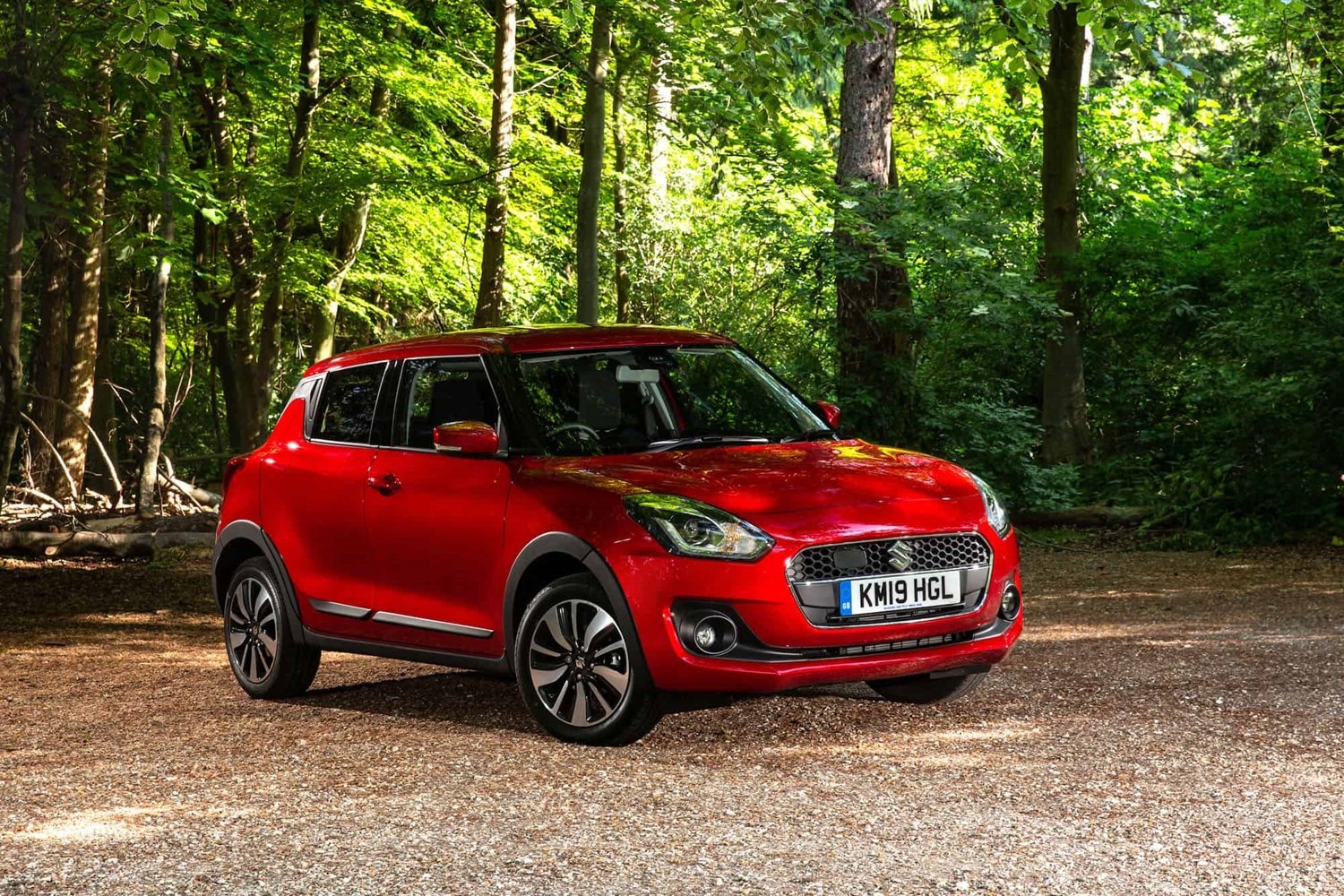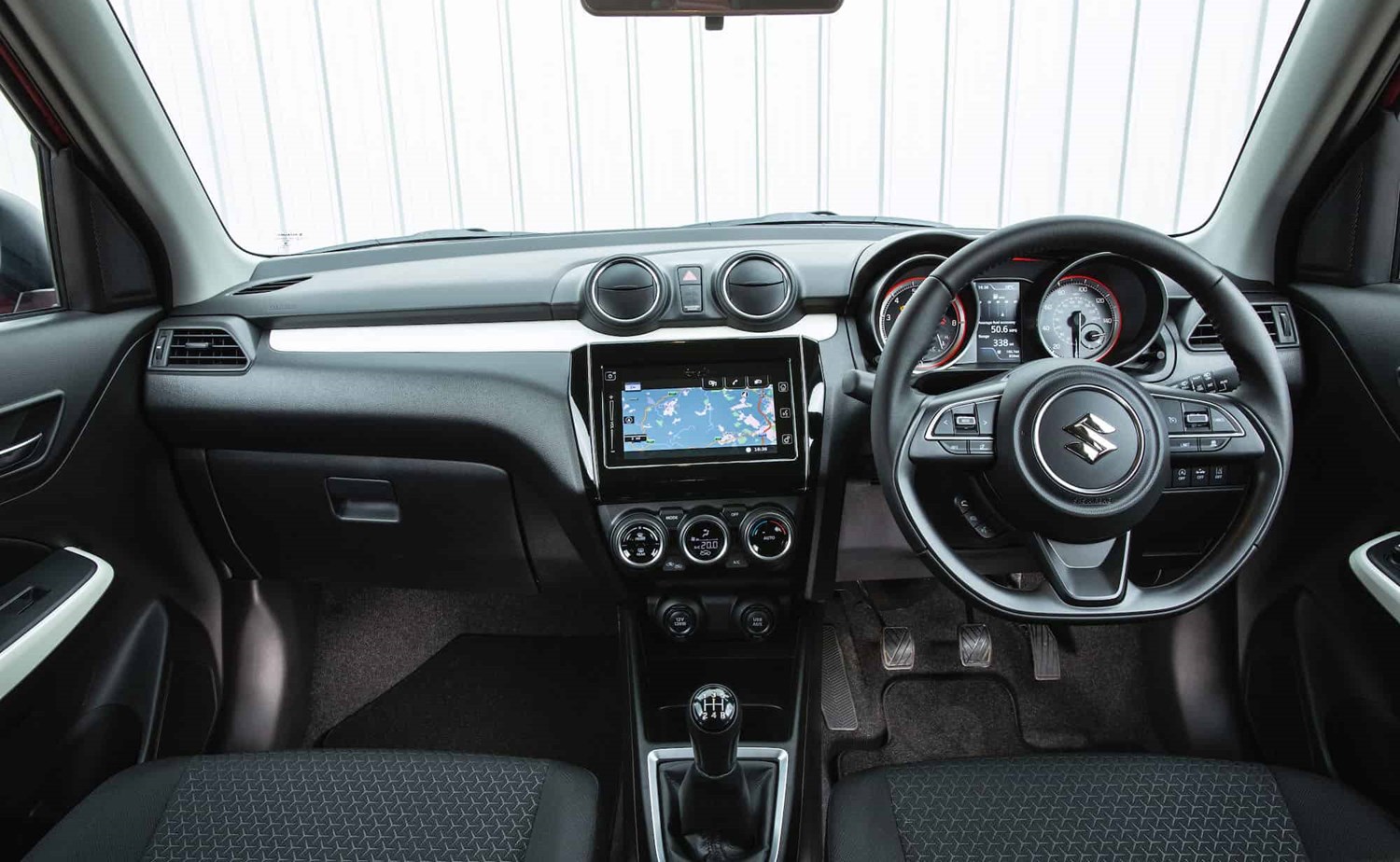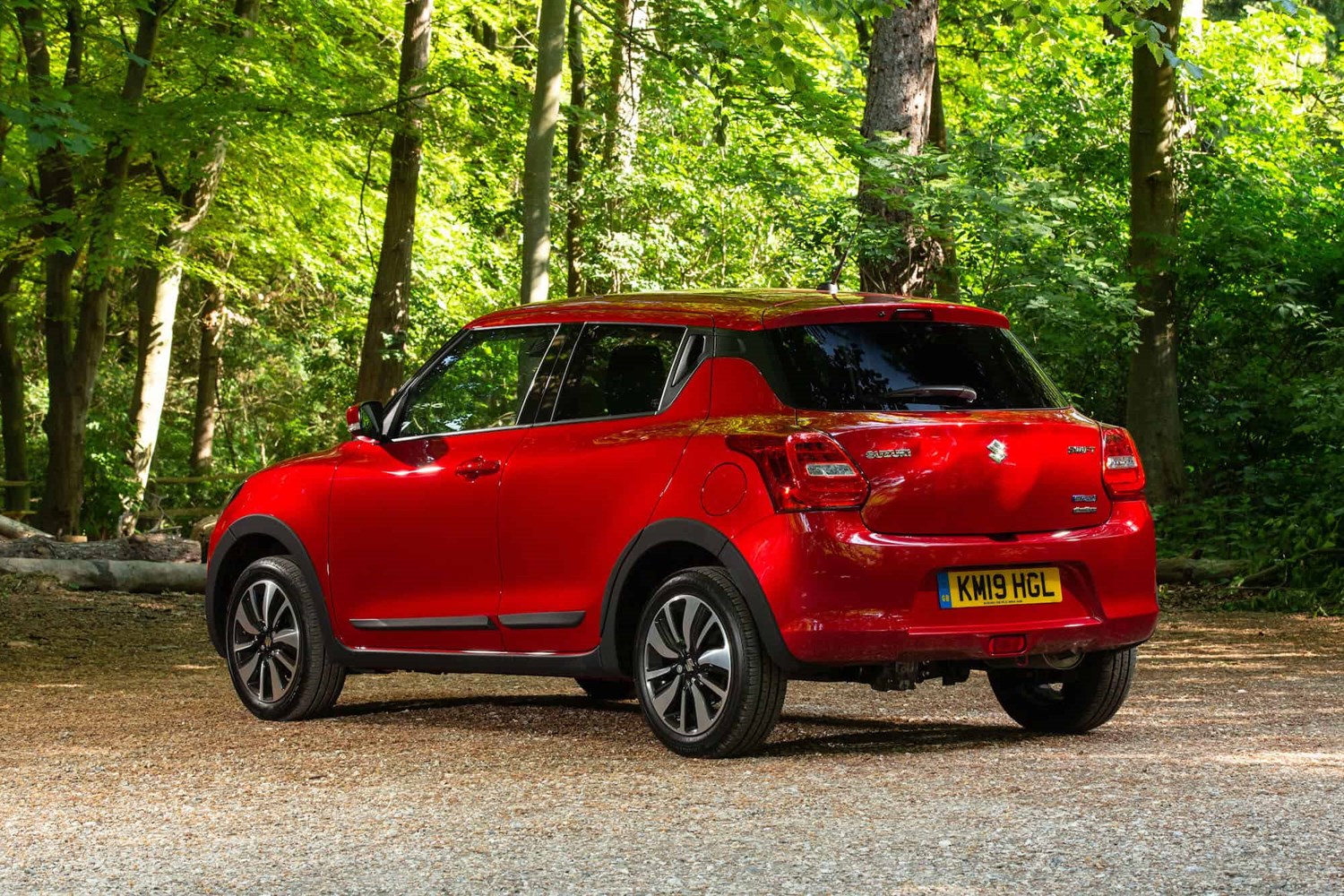Model review
The Suzuki Swift has been around for quite some time now. The model originated in 1983 as a rebadge of the compact Cultus – it was produced this way for three generations and came in four body configurations.
In 2000, we got the first official generation of the Swift. Well, kind of, because outside of Japan the car was dubbed the Ignis instead – a nameplate brought back and given to another compact Suzuki model in 2016.
For 2005, the second-generation model arrived in the UK, and bearing a Swift badge too. A marketing campaign was kicked off by none other than footballer Cristiano Ronaldo and the car proved to be a massive success, especially in Europe and Japan.
In the year after, Europe got the Swift Sport – a punchy little performance hatch with a high-revving 121bhp 1.6-litre engine. The Sport is a model variant still available with the latest generation Swift and falls into the niche ‘warm’ hatch segment.
The next Swift began production in 2010 and only went to further the previous generations appeal. It featured an updated design that’s familiar yet sleeker and more muscular. Overall, the car kept the same ethos, but was just modernised and improved in every way.
Its current form was introduced in 2017 and turned out to be quite the step forward for the supermini.


